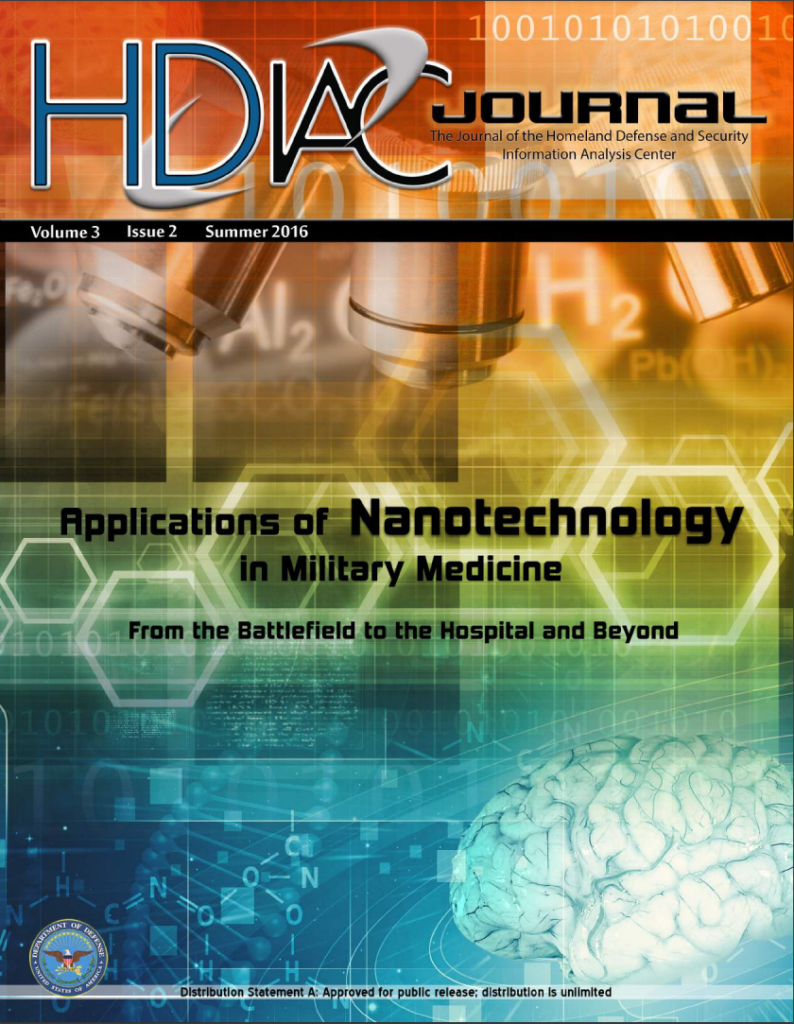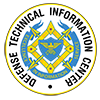This issue of the HDIAC Journal hits each of our eight focus areas. The first of four articles looks at the potential for partial hybridization of military power applications. The next article proposes a biometric smartphone application to use in disaster situations. Then, one author discusses the psychology behind ISIL’s use of graphic images in the media. The final article explores the applications of nanotechnology in military medicine. In addition, the Journal contains four Innovation Highlights containing novel research and developments.

Summer 2016: Volume 3 Issue 2
Published: June 12, 2016

